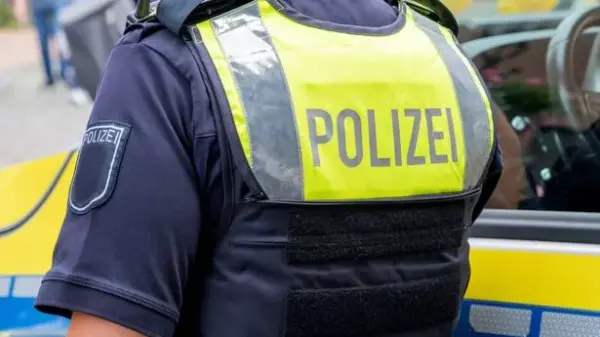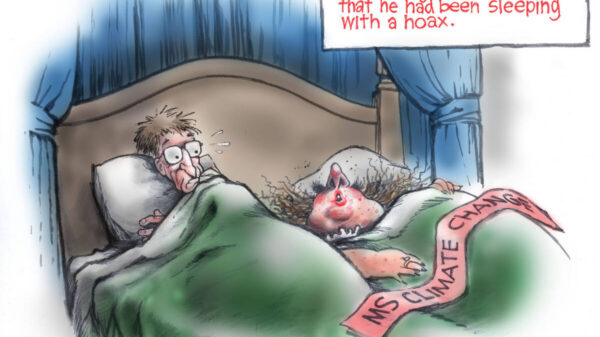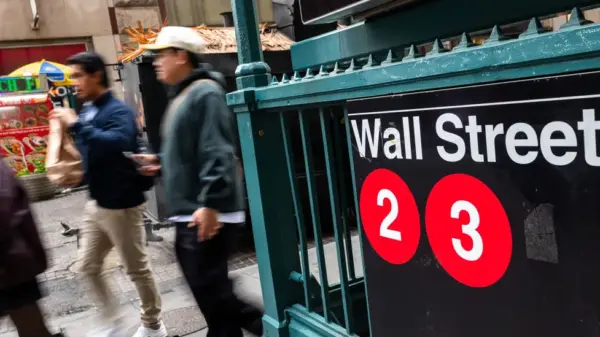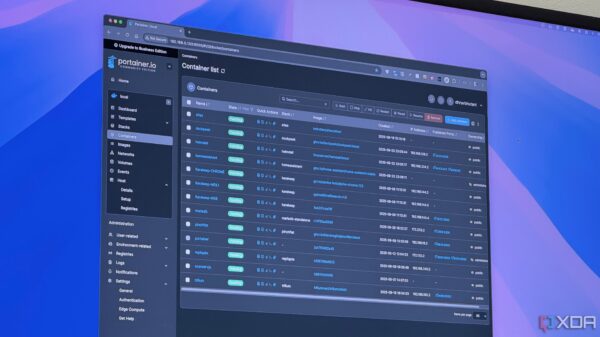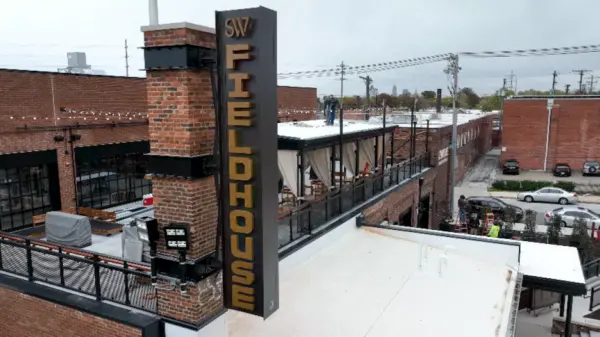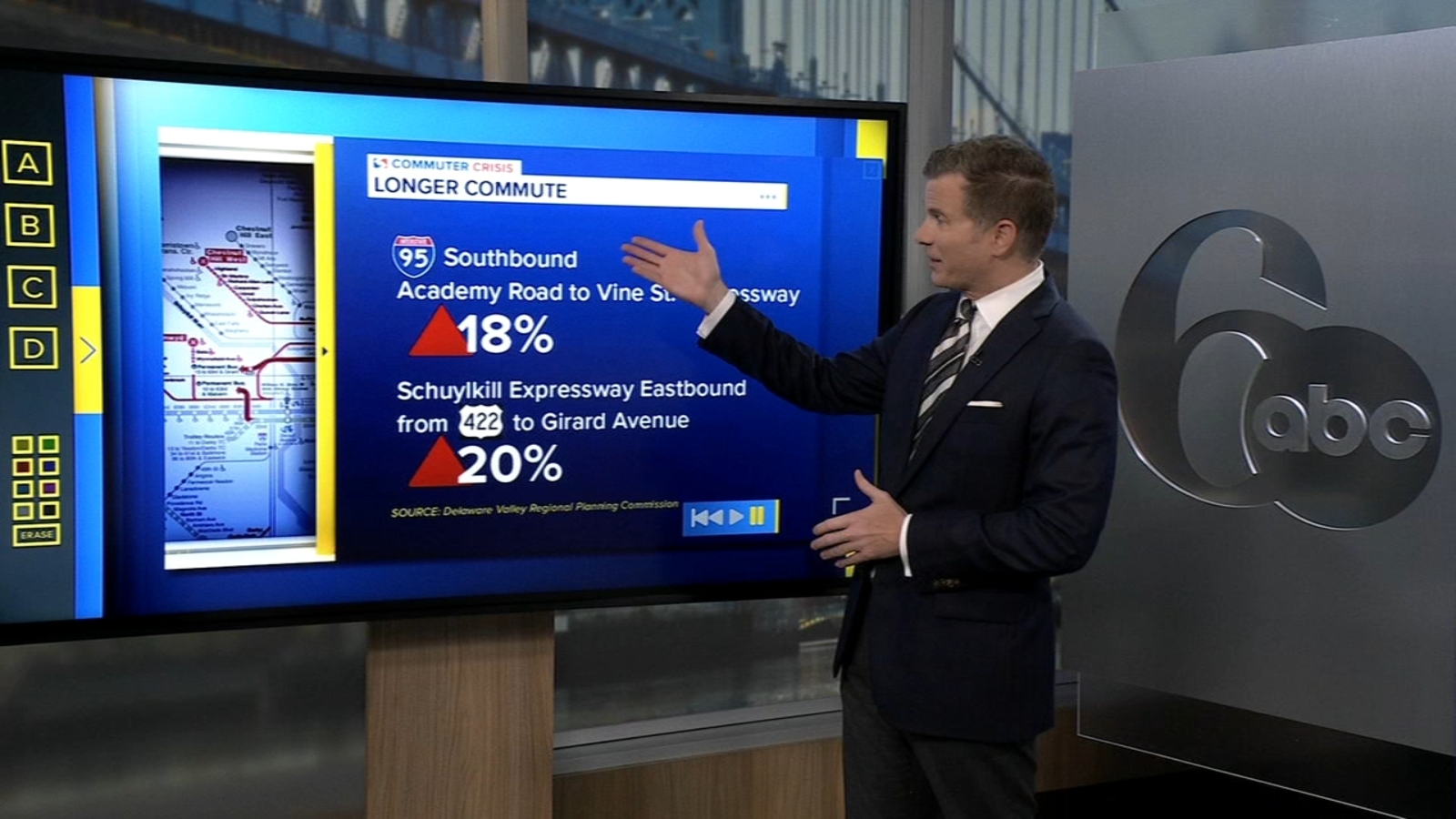Proposed service cuts by the Southeastern Pennsylvania Transportation Authority (SEPTA) could significantly impact local roadways in Philadelphia, potentially adding approximately 275,000 vehicles to daily traffic. This figure is nearly equivalent to the entire population of Pittsburgh. Transit experts emphasize that these cuts will strain already congested roads and present challenges for commuters.
Traffic anchor Matt Pellman of Action News provided an analysis of the potential effects on the region’s transportation landscape. The anticipated increase in vehicle traffic would not only lead to longer commute times but could also exacerbate air quality issues in the area, especially during peak hours when congestion is already high.
The proposed changes come in light of budget constraints and a need to reassess the viability of various transit services. According to SEPTA, the cuts are part of a broader effort to align operational costs with current funding levels. While the authority aims to maintain essential services, the potential loss of ridership and increased strain on roadways raises concerns among local officials and residents alike.
As the discussion surrounding these service cuts continues, stakeholders are calling for a comprehensive review of the implications for both public transport users and drivers. The forecasted increase in road traffic highlights the interconnected nature of urban mobility and the importance of finding effective solutions that cater to both public transit and personal vehicle needs.
Local residents are already voicing their concerns about the impact these cuts could have on daily life. Commuters who rely on SEPTA for access to jobs, education, and essential services may find themselves facing longer journeys and increased frustration if public transportation options diminish.
With Philadelphia being a critical hub for transit in the region, the decisions made by SEPTA will likely resonate beyond its immediate service area. The ripple effects could influence traffic patterns and commuting habits throughout the surrounding suburbs and neighboring cities.
In response to the proposed cuts, advocacy groups are urging SEPTA to consider alternative measures to address budgetary issues without sacrificing service quality. These groups emphasize the need for a balanced approach that prioritizes both fiscal responsibility and the mobility needs of the community.
As the situation develops, it remains crucial for policymakers to engage in dialogue with transit users, local businesses, and traffic management experts to identify sustainable solutions. The potential influx of vehicles onto local roads serves as a stark reminder of the importance of robust public transit systems in managing urban traffic effectively.
Moving forward, it will be essential for SEPTA to evaluate the long-term consequences of its decisions and how they align with the broader objectives of promoting sustainable urban transport.






